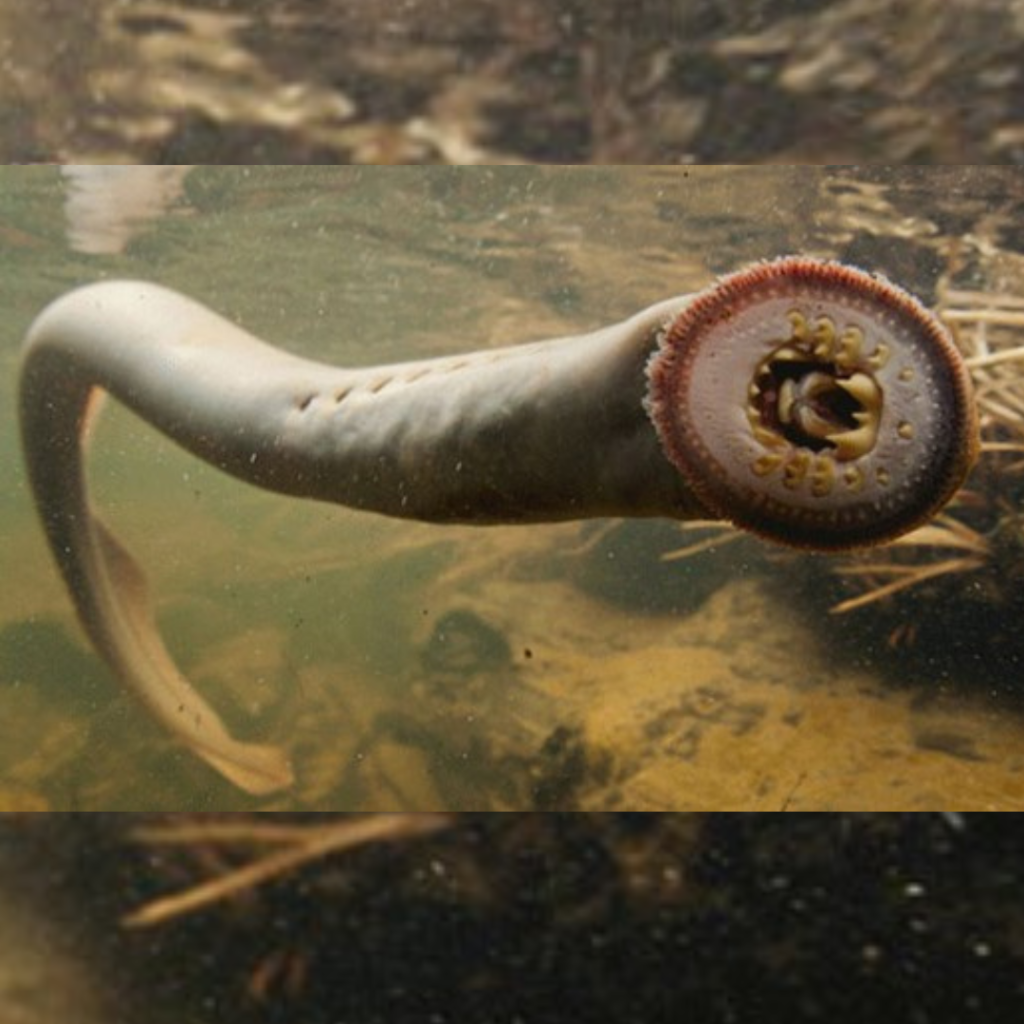Local News
Lamprey at the Zoo
Pacific lamprey returned to the Oregon Zoo this month, offering guests another chance to see one of the Pacific Northwest’s oldest species. Predating dinosaurs and even trees, this 400-million-year-old fish plays an important part in the region’s history and culture. Visitors can see the lamprey in the Cascade stream and pond section of the Great Northwest area.
The Pacific lamprey, an eel-like fish with a jawless mouth and no scales, has survived three ice ages and five mass extinctions, but populations have declined over the past 75 years due to habitat loss, climate change and food scarcity. They are now considered a species of concern by the U.S. Fish & Wildlife Service as well as the Oregon and Washington state fish and wildlife agencies.
The lamprey came to the zoo from the Confederated Tribes of the Umatilla Indian Reservation as part of a tribal-led effort that collects lamprey returning to fresh water below the three lowest dams on the Columbia River and moves them above the dams to areas where they used to live, allowing the industrious fish to rebuild its own habitat.
The lamprey stay at the zoo through the winter and are transported to tributaries of the upper Columbia and Snake rivers once they’re ready to spawn.
In 2019, the Columbia River Inter-Tribal Fish Commission and its member tribes partnered with the Oregon Zoo and U.S. Fish and Wildlife Service to create a new lamprey exhibit celebrating this ancient, important fish. The exhibit has since connected millions of guests with the story of lamprey, their cultural significance, and why we all need to protect them.
https://www.oregonzoo.org/node/8051/media

